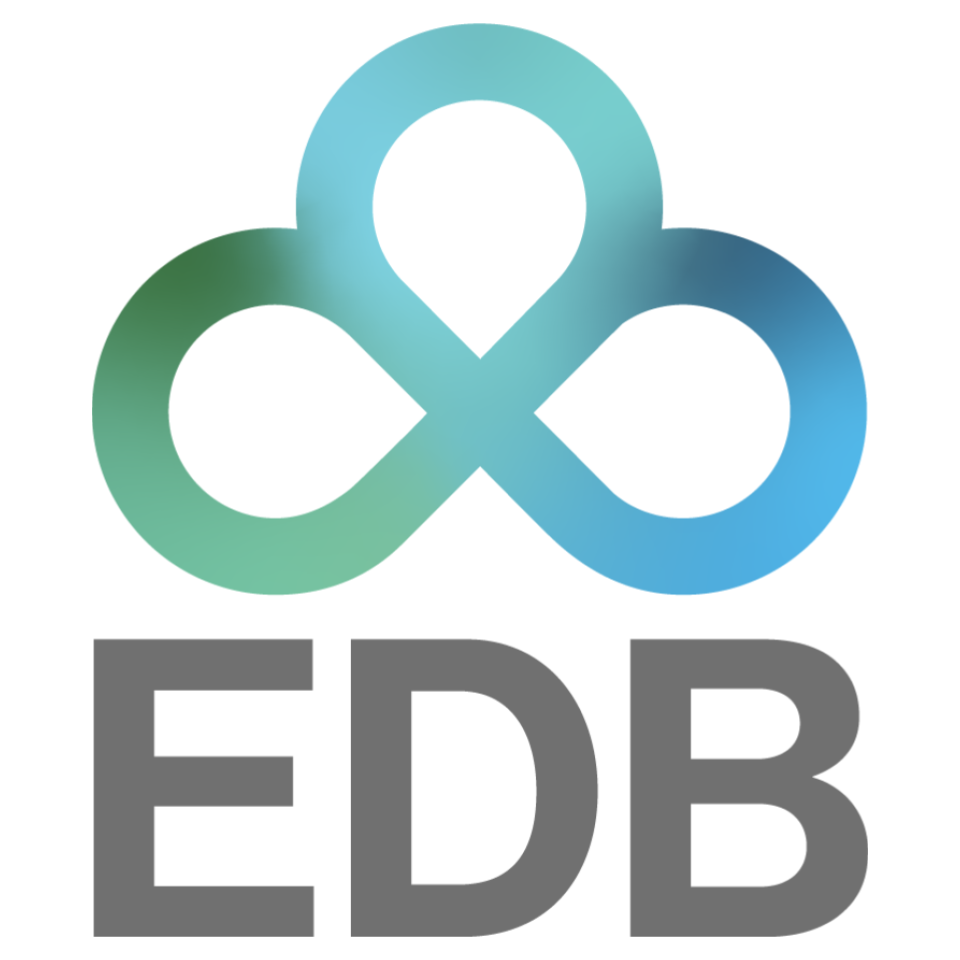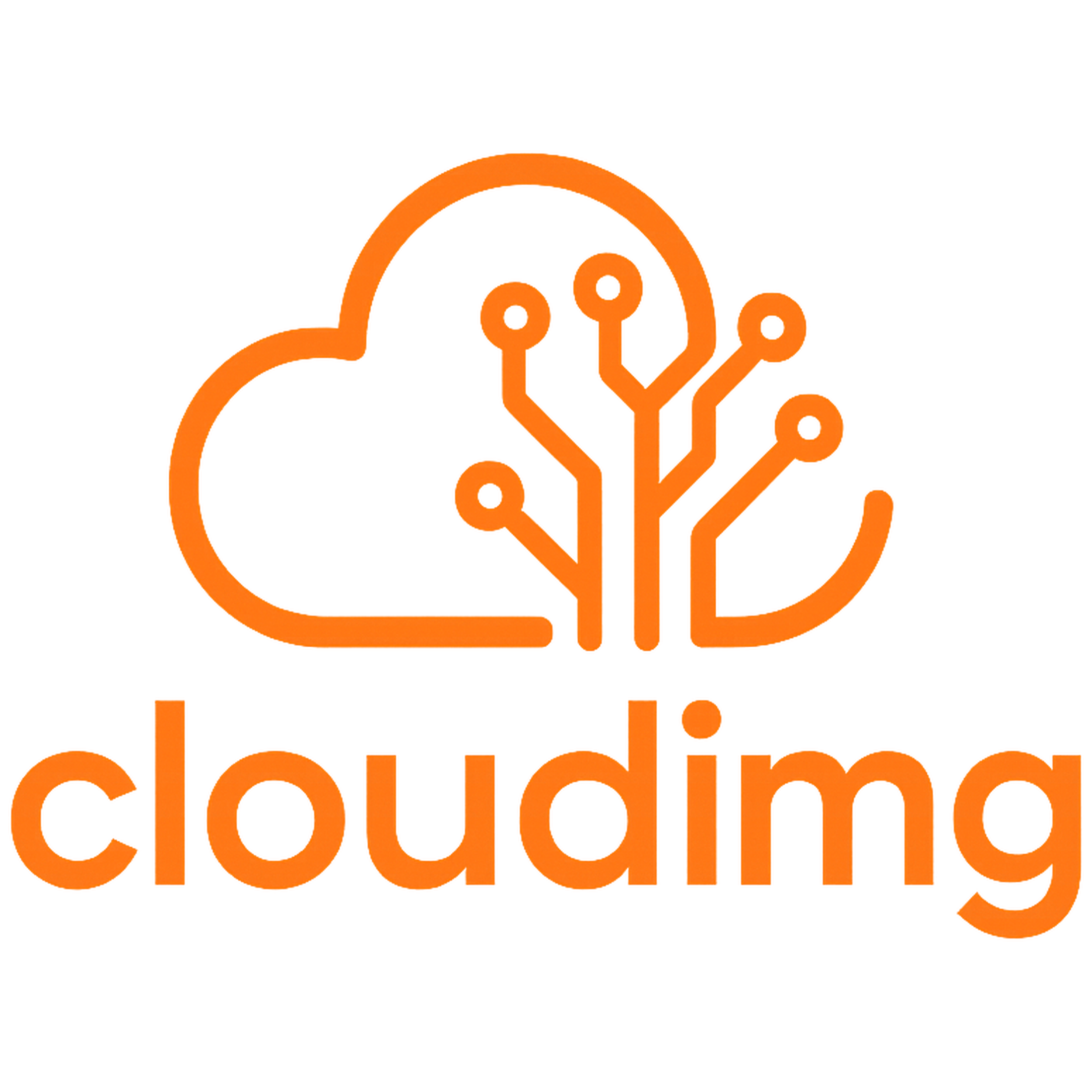
Overview

Product video
Get started for free - Start instantly by creating a free CockroachDB Serverless cluster
CockroachDB Cloud provides organizations with a fully managed, Enterprise database platform to manage and store their data across their application lifecycle ensuring high resiliency, effortless scale and data locality that's easy for any team to operate.
CockroachDB, the cloud-native, distributed SQL database, offers robust integrations with Amazon Web Services (AWS), creating a powerful infrastructure for organizations looking to leverage the scalability and resilience of both platforms. This synergy enables enterprises to deploy a globally-distributed database, with the flexibility and breadth of services provided by AWS.
The CockroachDB Cloud platform now offers three distinct plans, ensuring that no matter where you are in your cloud journey, there's a solution that fits your needs:
- Basic (formerly known as Serverless): Perfect for smaller applications or those just getting started. With on-demand pricing, and multi-region support, it's an excellent option for development, testing, and small production workloads.
- Standard (brand new plan currently in PREVIEW): Tailored for consolidating production workloads while managing costs. It provides enterprise-grade capabilities and predictable pricing with provisioned pricing at dramatically lower costs, making it a great fit for organizations in growth mode.
- Advanced (Formerly known as Dedicated): Built for critical production applications with advanced compliance and security requirements. This plan offers dedicated hardware, stringent SLAs, customization options and support on AWS.
We also offer a CockroachDB self-hosted deployment option for advanced configuration needs.
Contact aws-marketplace@cockroachlabs.com to inquire about CockroachDB self-hosted, additional configurations, support options, and custom pricing.
Highlights
- Always-on experiences: Never disrupt customer experiences when nodes, availability zones, and even AWS regions fail -- CockroachDB will continue to serve queries while others are down.
- Scale effortlessly: Reduce deployment time and database infrastructure management with the combined power of CockroachDB on AWS with elastic scalability, Postgres -compatible SQL, ACID transactions, and more while taking advantage of AWS' breadth of features.
- Expand easily: Reach new heights with CockroachDB on AWS with a single, unified database across multiple regions, allowing low latency times and infrastructure and architecture to support current and future data regulations.
Details
Introducing multi-product solutions
You can now purchase comprehensive solutions tailored to use cases and industries.

Features and programs
Buyer guide

Financing for AWS Marketplace purchases

Pricing
Free trial
Dimension | Cost/unit |
|---|---|
CockroachDB Cloud Credits | $0.01 |
Vendor refund policy
All fees are non-cancellable and non-refundable except as required by law.
How can we make this page better?

Legal
Vendor terms and conditions
Content disclaimer
Delivery details
Software as a Service (SaaS)
SaaS delivers cloud-based software applications directly to customers over the internet. You can access these applications through a subscription model. You will pay recurring monthly usage fees through your AWS bill, while AWS handles deployment and infrastructure management, ensuring scalability, reliability, and seamless integration with other AWS services.
Resources
Vendor resources
Support
Vendor support
Contact us at support@cockroachlabs.com . Or submit a support request through
AWS infrastructure support
AWS Support is a one-on-one, fast-response support channel that is staffed 24x7x365 with experienced and technical support engineers. The service helps customers of all sizes and technical abilities to successfully utilize the products and features provided by Amazon Web Services.

Standard contract
Customer reviews
Reliable, Scalable, and Developer-Friendly Database
Reliable, distributed database that just works at scale
CockroachDB is awesome
Reliable and scalable SQL
Its main pros is that it keeps your data safe and available in different locations, which is useful for apps with users in many places.
Although, CockroachDB is a good choice for teams who want a reliable database that can grow as their business grows.
Cockroach DB review
Easy to work with, supports SQL.
Scales horizontally.
Low Latency

